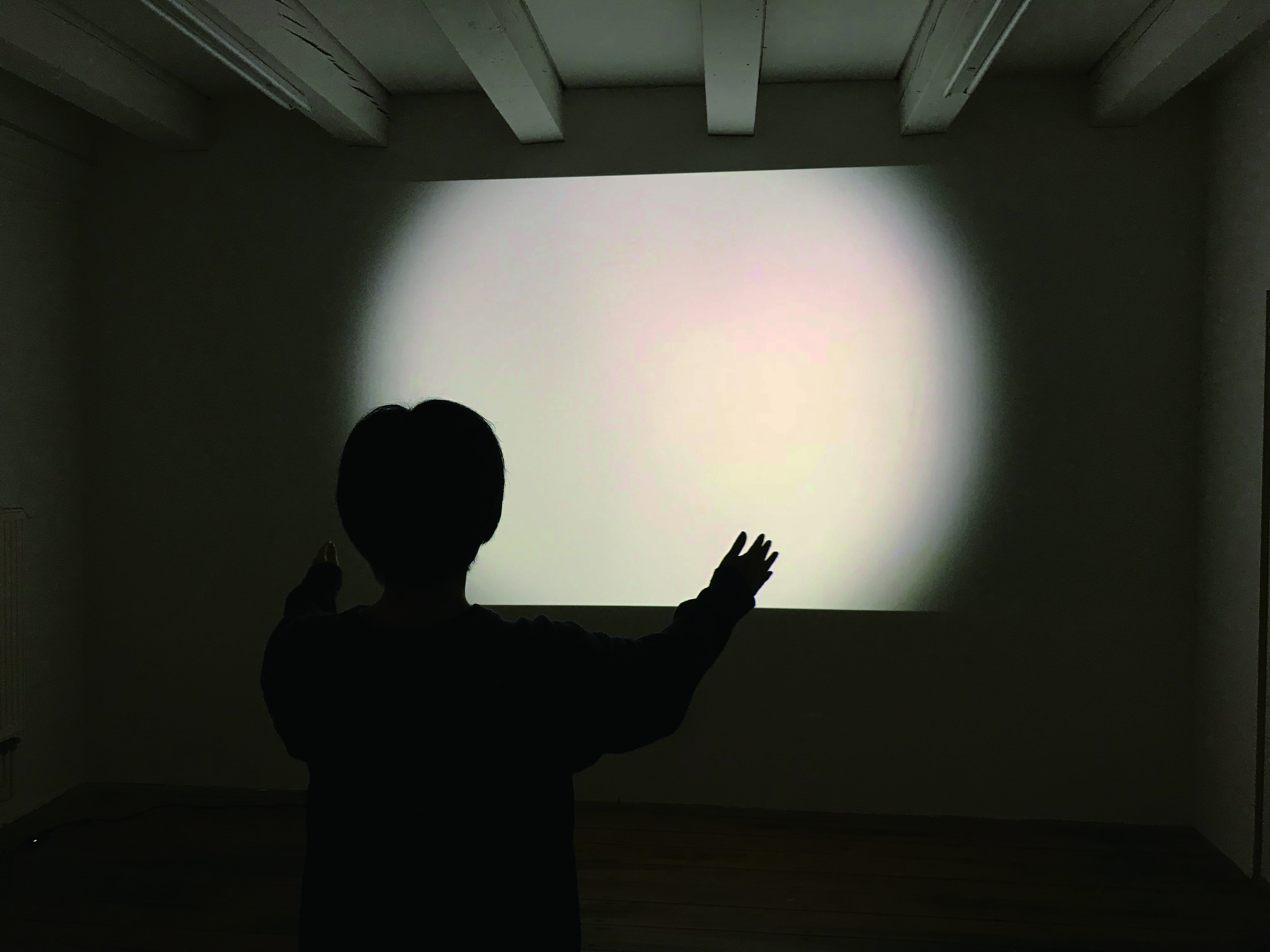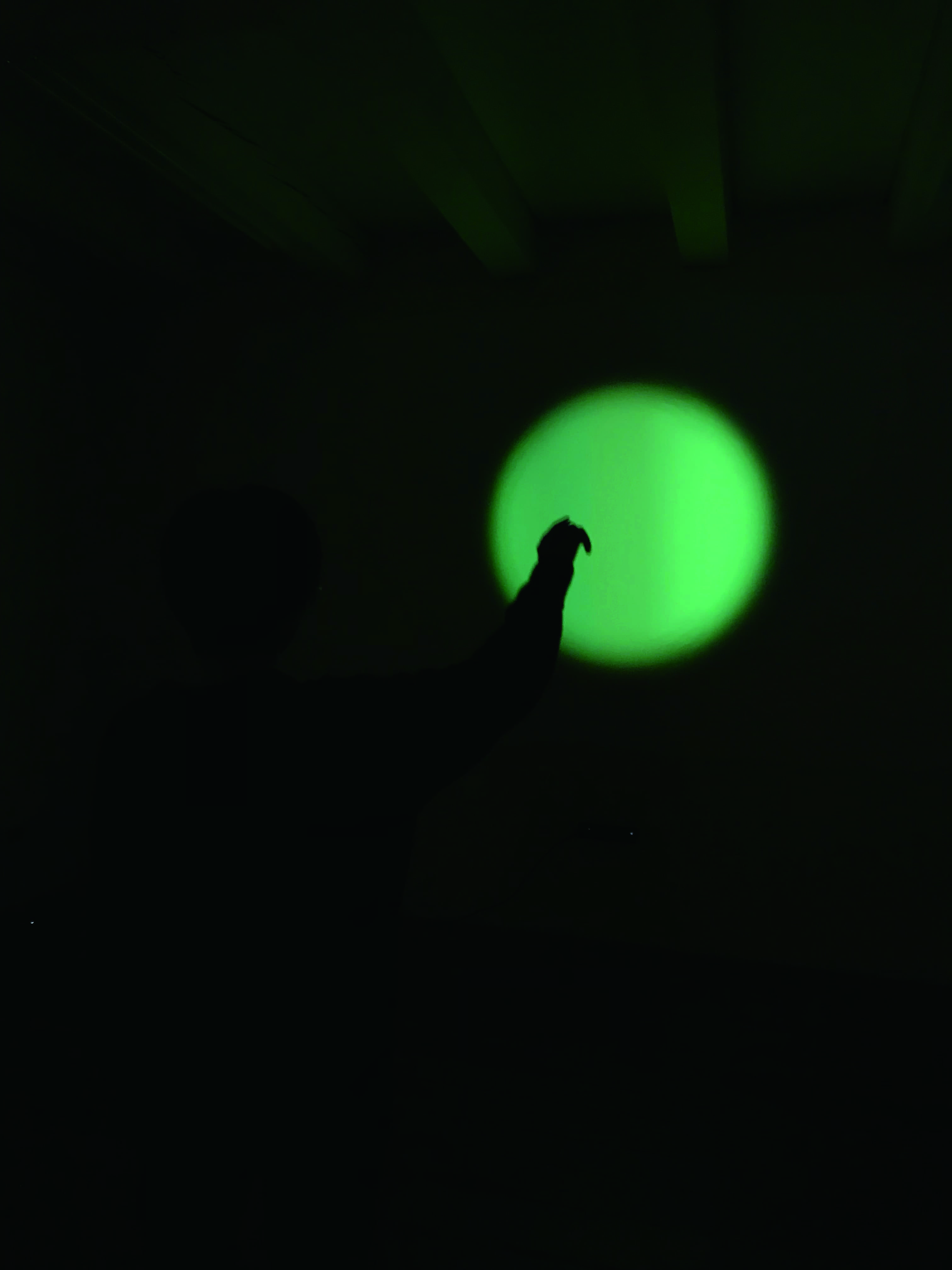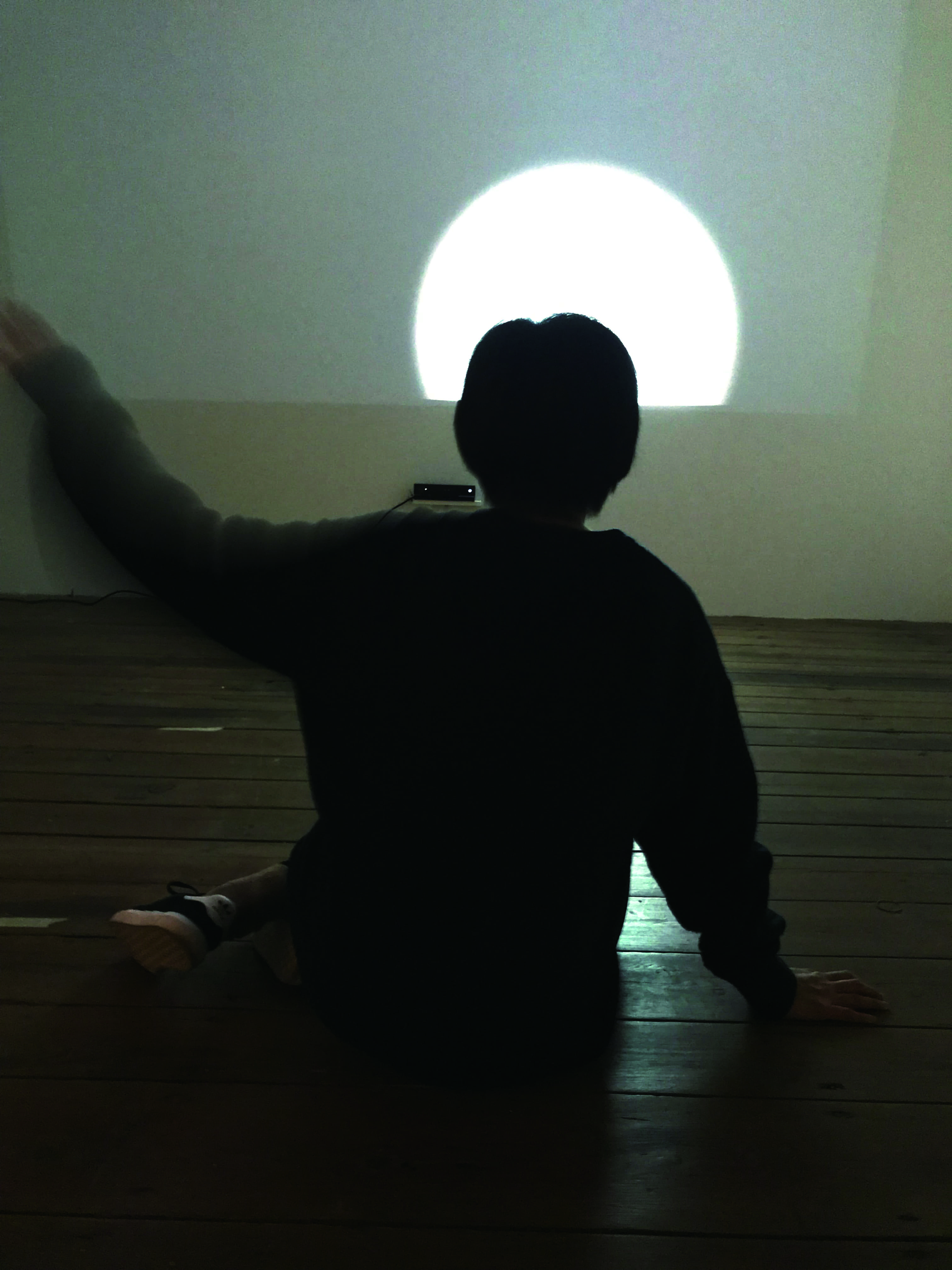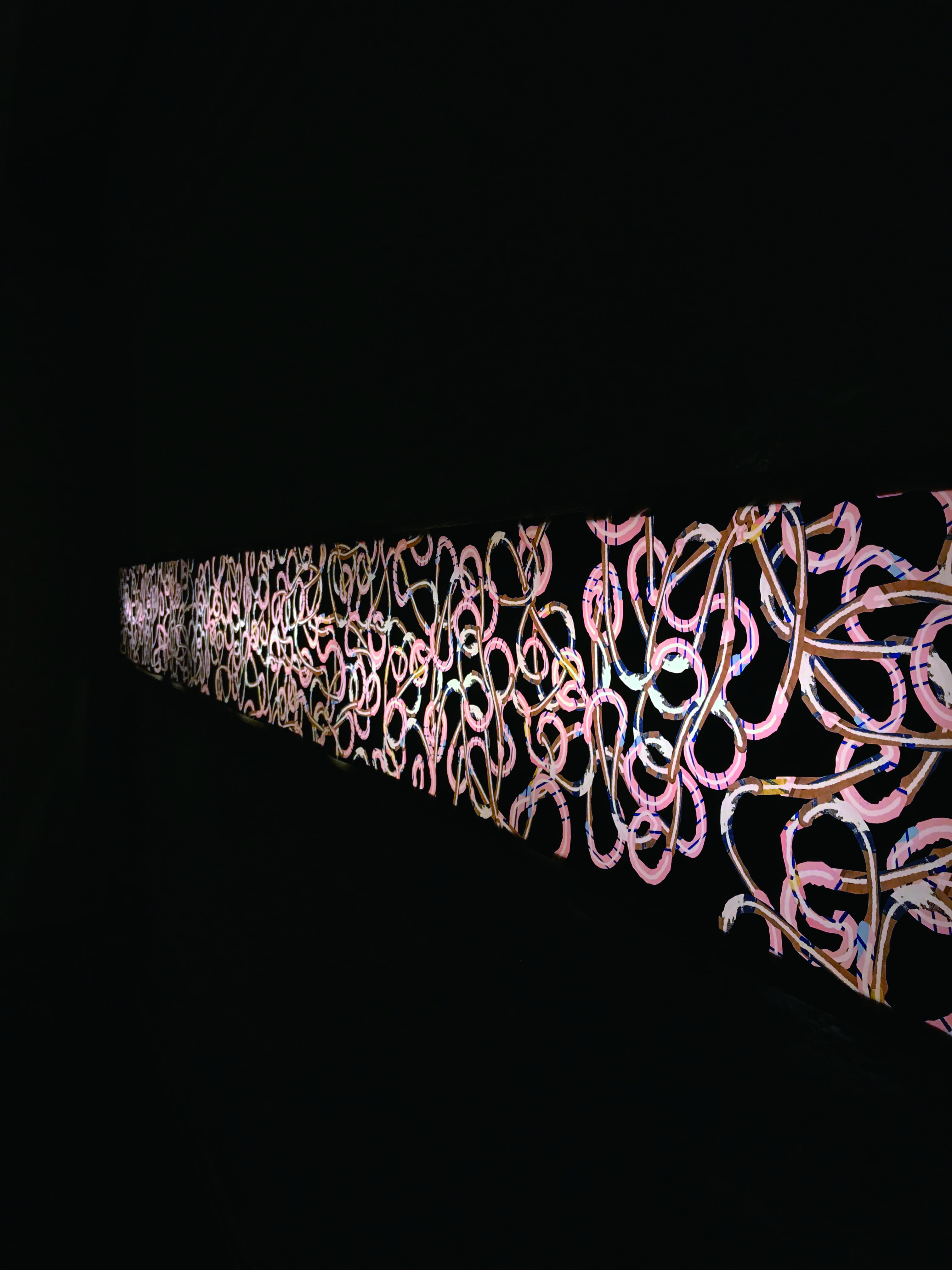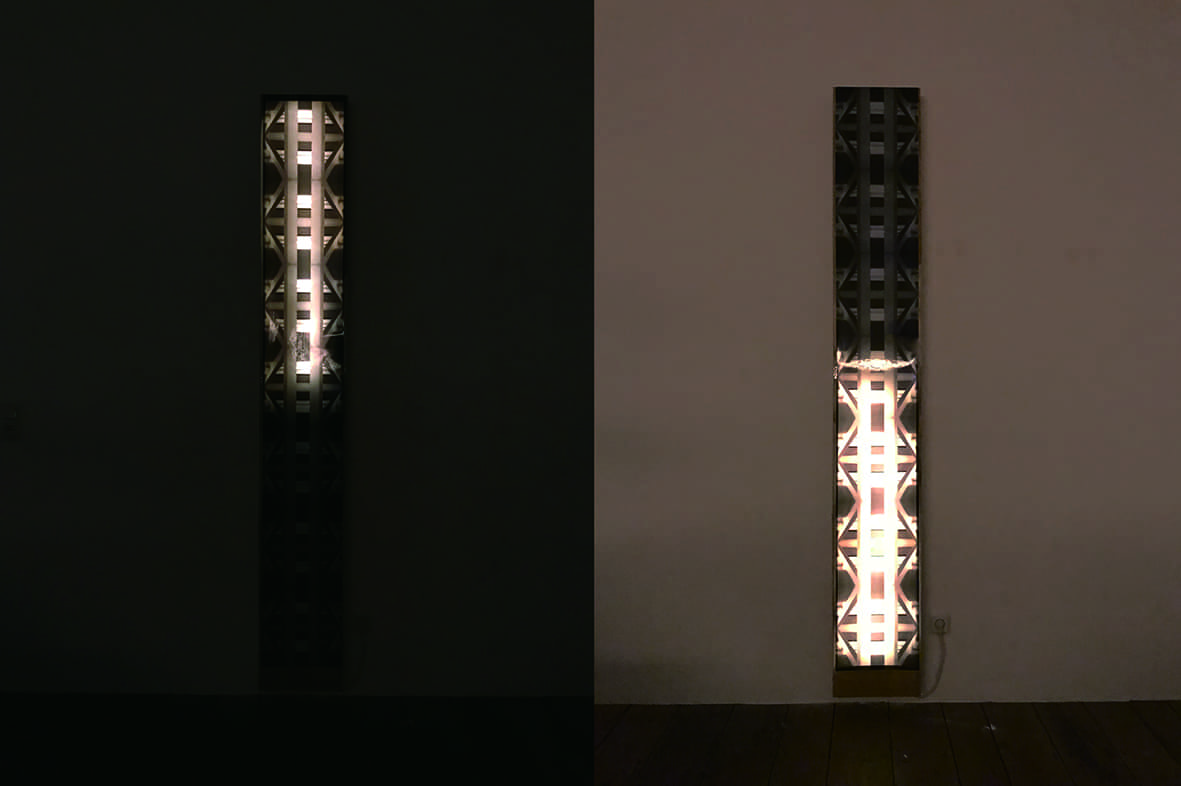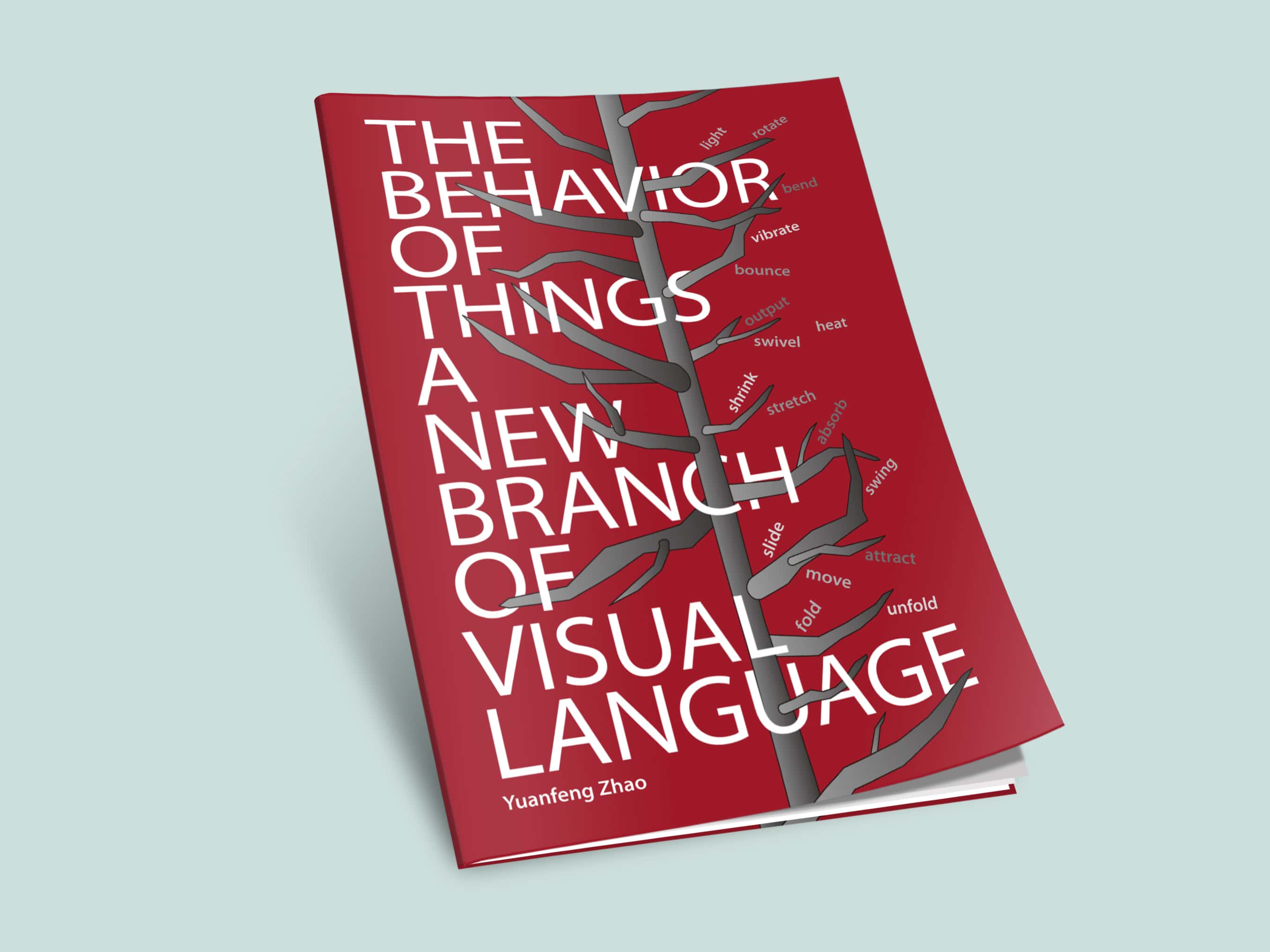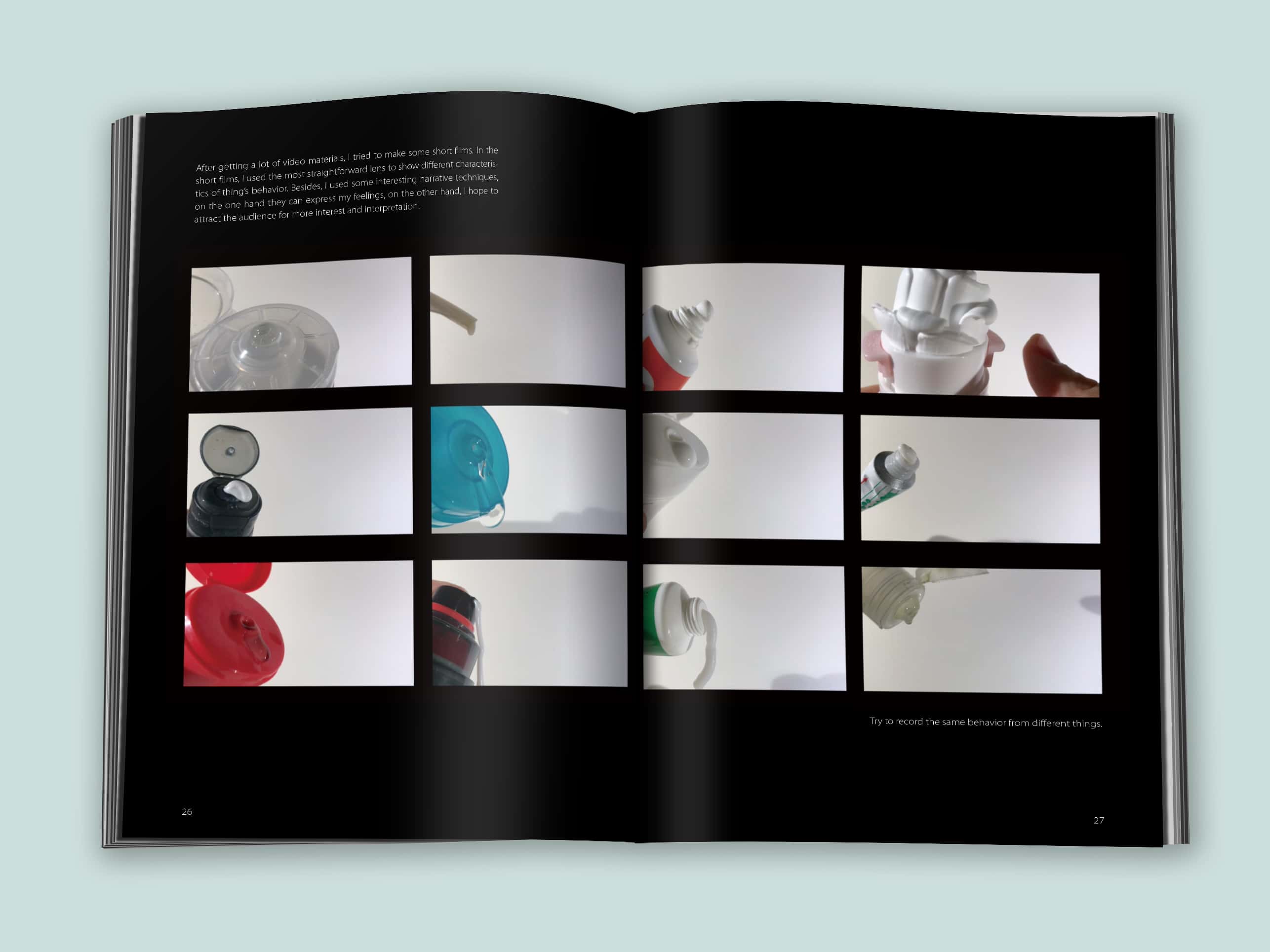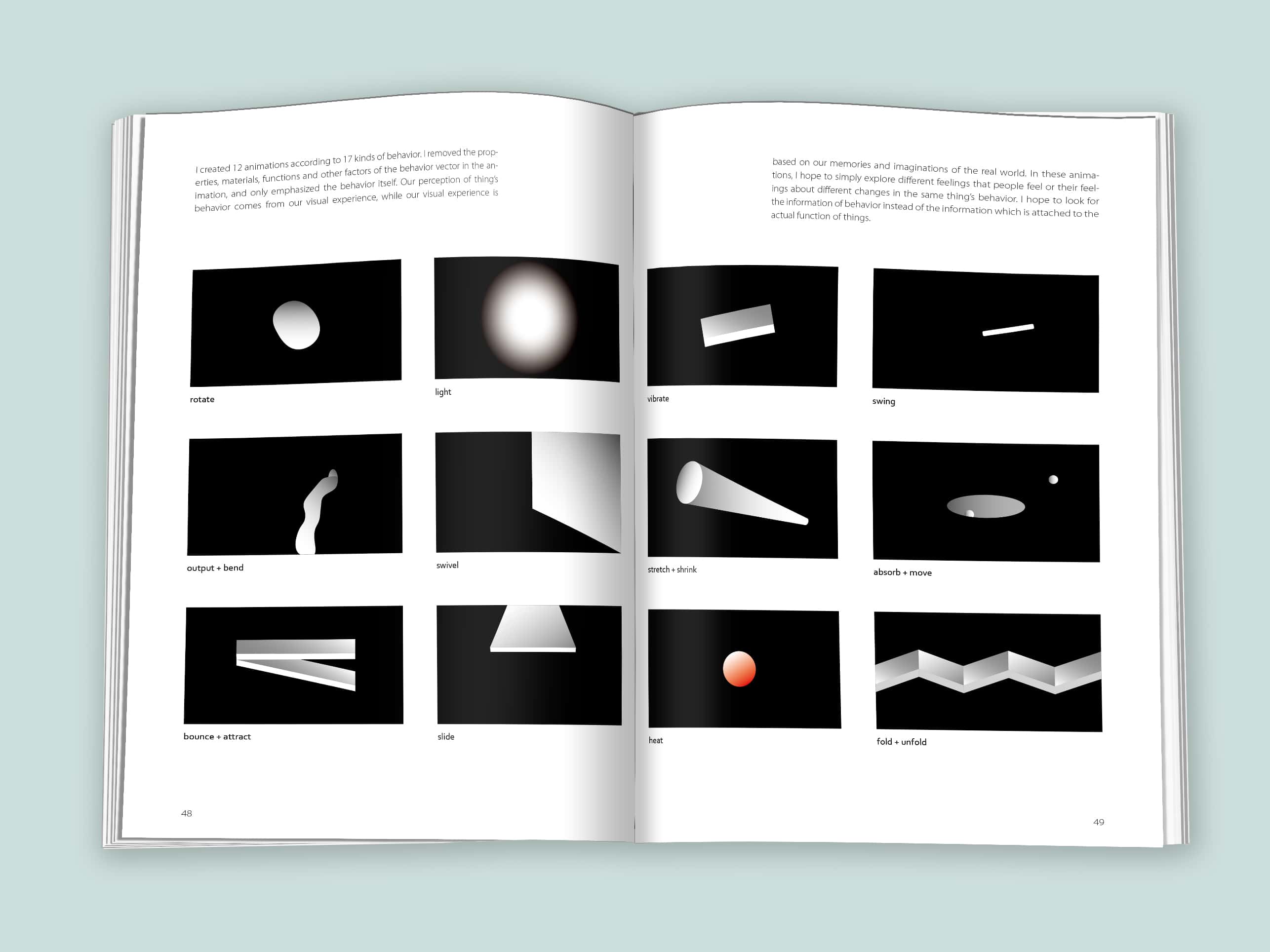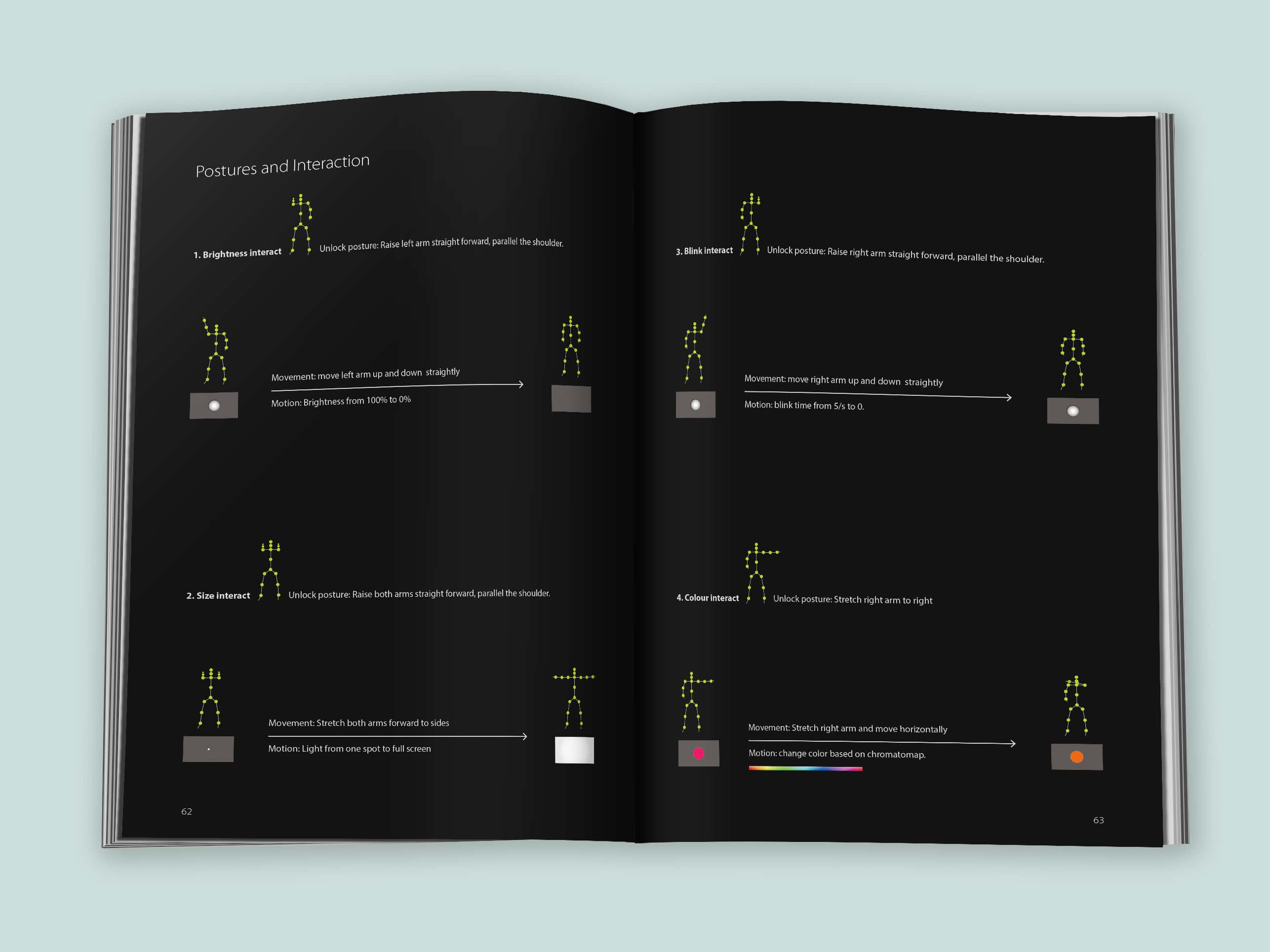The Behaviour of Things: A New Branch of Visual Language
In the coming artificial intelligence era, social crowd is no longer just a collection of humans and humans, but extended to humans and things, and in the future may also cover things and things. In this case, visual communication should’t be confined to the areas of fonts, pictures, layouts, etc., where only humans have initiative. Anything that brings humans visual stimuli should be included in the visual communication category. Thing’s behaviour creates visual languages that we as humans should learn and understand. In my Master Project I am going to research about how to find and read the visual languages of things.
After we eat food, we can judge whether it is sweet, sour or salty. This is because we know in advance what tastes are sweet, sour, salty, and we have these taste experiences in our taste system. In a similar way, when we see some kinds of thing’s behaviour, we can understand what it means, and know how to respond in the next step. This is because we have had similar experiences in advance, and this visual experience exists in our visual memory. So visual experience is a key factor which determines whether we can recognise thing’s behaviour.
As the part of creation, the connection between thing’s behaviour and visual experience becomes the basis of my research. To make this correspondence clearer, I simplified thing’s behaviour into a single visual element and let thing’s behaviour establish a single visual relation with the viewer, explore the visual experience about the behaviour which has existed in people’s lives, and develop the potential visual awareness of thing’s behaviour. The creative process is roughly divided into four phases. They are the research and analysis of thing’s behaviour, function and visual experience; the creation of 12 groups of animations based on thing’s behaviour; interactive works with light as an example; inviting viewers to participate, expressing and creating with light as a visual language.
